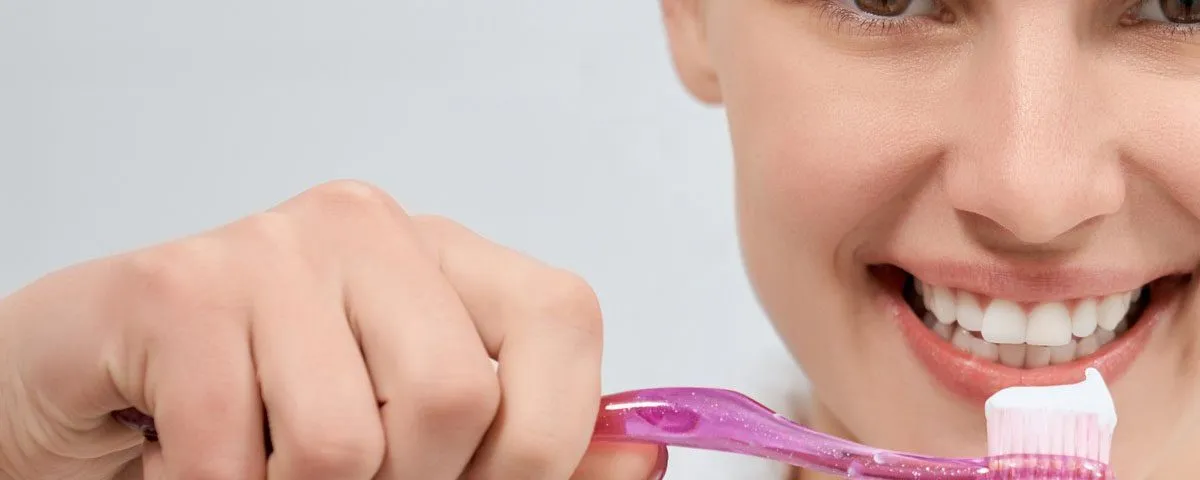Do You Brush After Whitening Strips?
Achieving a brighter, whiter smile is a common goal, and teeth whitening strips offer a convenient and accessible way to do so. However, the question of whether or not you should brush your teeth immediately after using these strips is a crucial one. The answer isn’t a simple yes or no. Understanding the science behind teeth whitening, the role of brushing, and the potential risks and benefits is essential for optimal results and oral health. This article will delve into the details, providing clarity on the best practices for using whitening strips and maintaining a healthy, radiant smile.
Understanding Whitening Strips
Teeth whitening strips are thin, flexible strips coated with a bleaching agent, typically hydrogen peroxide or carbamide peroxide. These agents work to remove stains and discoloration from the enamel of your teeth. The concentration of the active ingredient varies depending on the product. The strips are designed to adhere to the teeth, allowing the whitening agent to come into contact with the tooth surface. The effectiveness of the strips can vary based on the concentration of the whitening agent, the duration of application, and the severity of the stains. Many brands offer different strengths and treatment durations, allowing users to customize their whitening experience.
How Whitening Strips Work
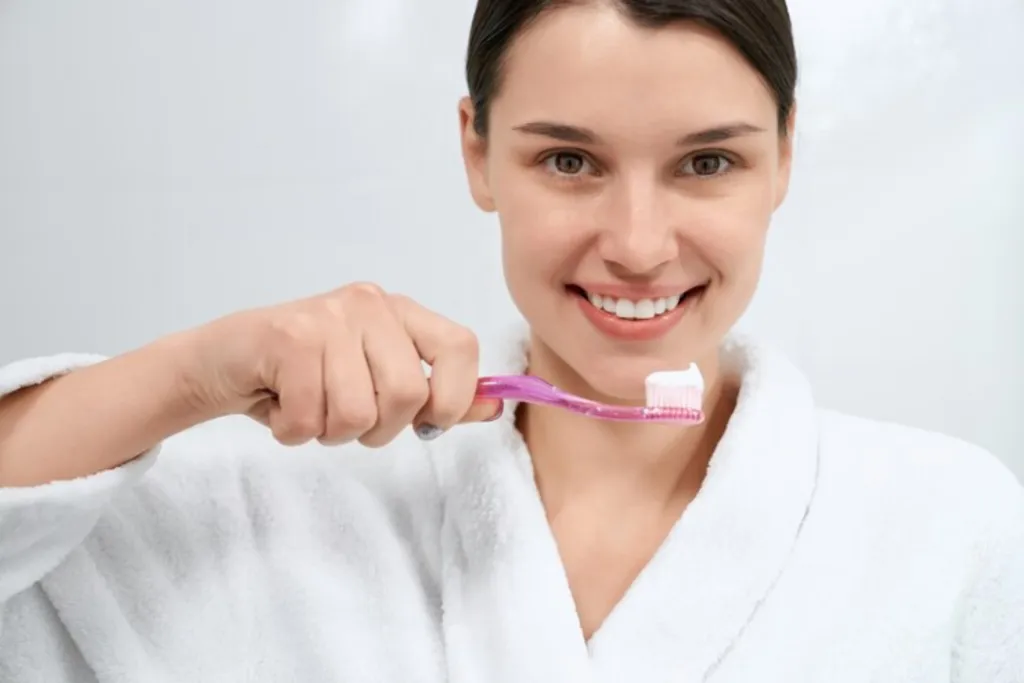
The active ingredient in whitening strips, usually hydrogen peroxide or carbamide peroxide, penetrates the enamel and breaks down the stain molecules. This process is a chemical reaction that oxidizes the discolored compounds, effectively making them less visible. The peroxide molecules diffuse into the enamel and dentin, the layer beneath the enamel, where they react with the stain molecules. Over time, this process lightens the overall shade of the teeth. The duration of treatment and the concentration of the whitening agent affect the speed and degree of whitening. Regular use, as directed, is essential to achieve the desired results.
The Role of Brushing
Brushing your teeth is a fundamental part of oral hygiene. It helps remove plaque, bacteria, and food particles from the teeth and gums. Brushing also helps prevent cavities and gum disease by removing harmful substances. The act of brushing physically cleans the teeth, and the fluoride in toothpaste strengthens the enamel. Properly brushing twice a day, for two minutes each time, is the cornerstone of a healthy oral hygiene routine. Using the correct technique and a soft-bristled toothbrush is also crucial to prevent damage to the enamel and gums.
The Importance of Aftercare
The aftercare following the use of whitening strips is just as important as the application itself. Proper aftercare helps maximize the effectiveness of the whitening treatment while minimizing the risk of sensitivity or damage to the teeth. This includes avoiding certain foods and drinks that can stain the teeth, as well as following specific guidelines for brushing and other oral hygiene practices. The goal is to protect the freshly whitened teeth and maintain the results for as long as possible. Careful attention to aftercare ensures a healthy, bright smile.
The Risks of Brushing Immediately
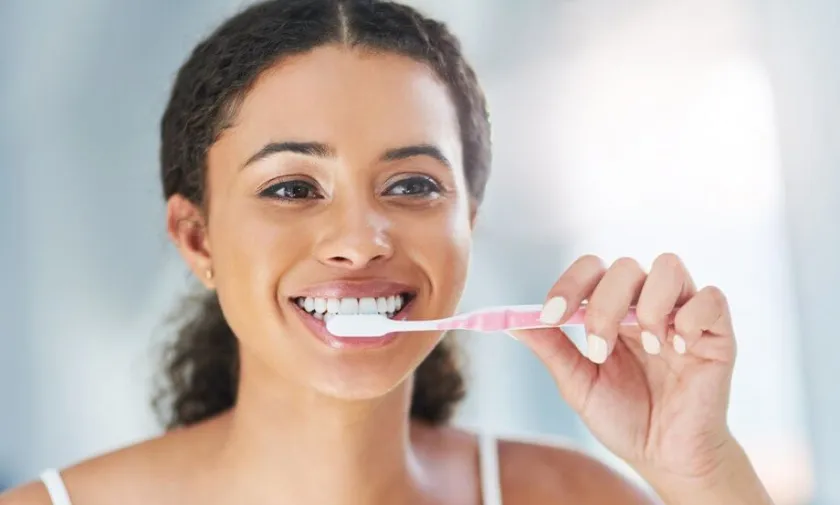
Brushing your teeth immediately after using whitening strips can potentially have negative consequences. The teeth are temporarily more susceptible to damage and irritation. This is due to the changes that occur to the enamel during the whitening process.
Enamel Sensitivity
Whitening strips can temporarily increase tooth sensitivity. The peroxide in the strips can make the enamel more porous, making it easier for substances to penetrate. Brushing too soon after using strips can exacerbate this sensitivity. The abrasive action of the toothbrush, combined with toothpaste, can further irritate the enamel and increase sensitivity. This can lead to discomfort when consuming hot or cold foods and drinks. Therefore, it’s essential to wait for a specific amount of time before brushing to allow the enamel to recover.
Irritation and Damage
Brushing immediately after using whitening strips can also lead to irritation and potential damage to the enamel. The whitening agents can temporarily soften the enamel, making it more vulnerable to abrasion. Aggressive brushing with a hard-bristled toothbrush can wear down the enamel, leading to increased sensitivity and a higher risk of cavities. Moreover, the combination of the whitening agent and the friction from brushing can irritate the gums, leading to inflammation and discomfort. Proper timing and gentle brushing techniques are therefore crucial to prevent any harm.
How Long to Wait Before Brushing

To avoid the risks associated with brushing too soon after using whitening strips, it’s essential to know the recommended waiting time. This allows the teeth to recover and minimizes potential damage or irritation.
Recommended Waiting Time
Generally, it’s recommended to wait at least 30 minutes to an hour after using whitening strips before brushing your teeth. This waiting period gives the enamel time to re-harden and reduces the risk of sensitivity and damage. This allows the teeth to recover from the whitening process, minimizing the abrasive effects of brushing. During this time, it is best to avoid consuming anything other than water, as food and drinks can stain the teeth when they are most susceptible. Following this guideline ensures optimal results and minimizes the risk of adverse effects.
Ideal Brushing Technique
When you do brush your teeth after the recommended waiting period, it’s crucial to use a gentle brushing technique. Use a soft-bristled toothbrush and apply minimal pressure. Brush in small, circular motions, paying attention to all surfaces of the teeth. Avoid scrubbing vigorously, as this can damage the enamel and irritate the gums. Use a fluoride toothpaste to help strengthen the enamel and protect against cavities. Following these techniques ensures that your teeth are cleaned effectively without causing any harm.
Alternative Oral Hygiene Practices After Strips
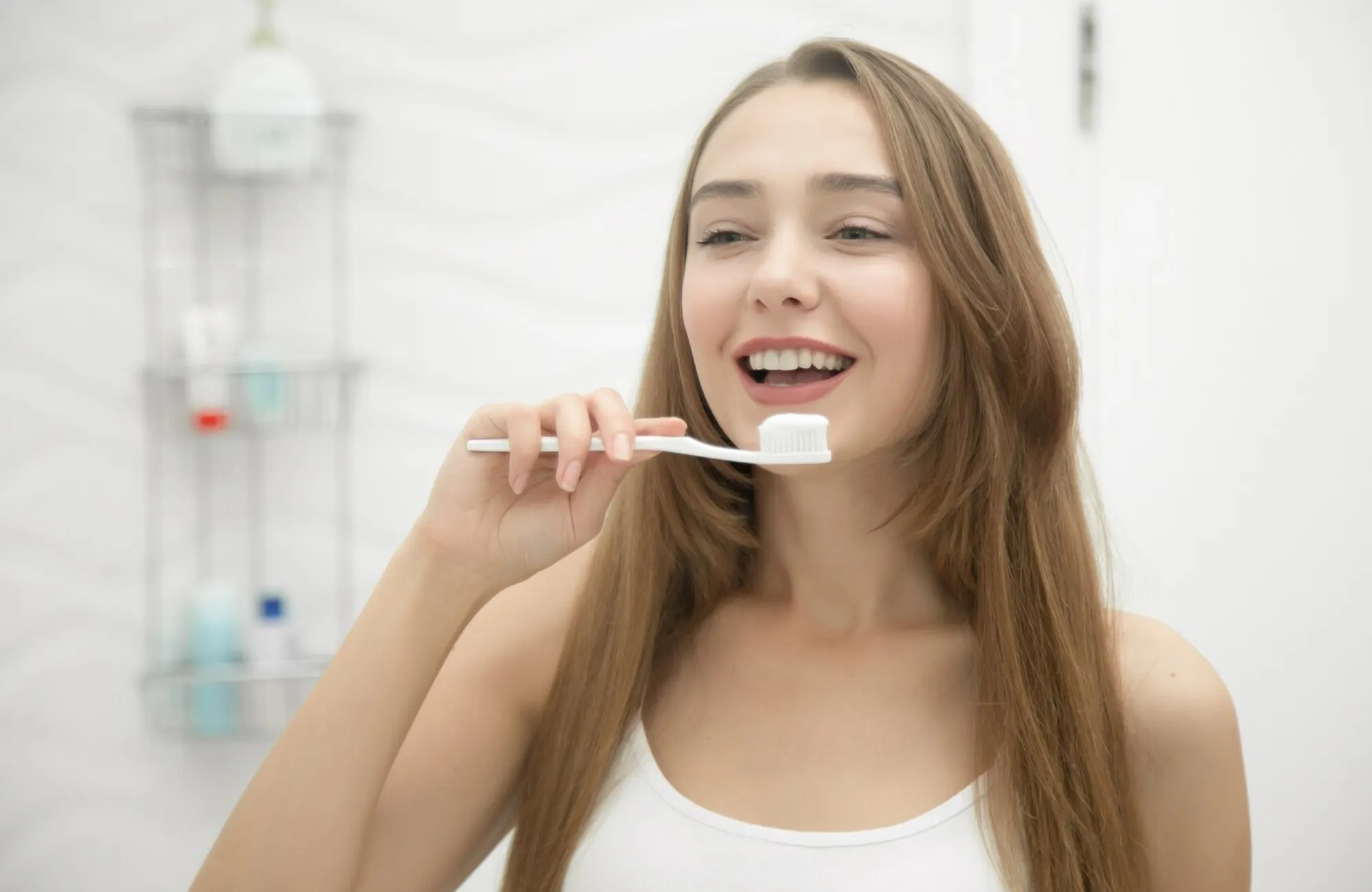
While you should avoid brushing immediately after using whitening strips, there are other oral hygiene practices you can follow to maintain a clean and healthy mouth.
Using Mouthwash
Using mouthwash after using whitening strips can help freshen your breath and remove any remaining debris. Choose an alcohol-free mouthwash to avoid further drying out your mouth, which can exacerbate sensitivity. Swish the mouthwash gently for about 30 seconds, then spit it out. Avoid rinsing your mouth with water immediately after using mouthwash, as this can dilute the effects. Mouthwash can be used after the waiting period to complement your brushing routine.
Flossing
Flossing is another important part of oral hygiene that can be done after using whitening strips, and after waiting the appropriate time. Flossing helps remove plaque and food particles from between your teeth, where a toothbrush cannot reach. This can help prevent cavities and gum disease. Gently floss between each tooth, curving the floss around the tooth and under the gumline. Flossing regularly, ideally once a day, contributes to overall oral health and helps maintain the brightness of your smile. Ensure you floss gently to avoid irritating your gums.
Best Practices for Whitening Strip Use
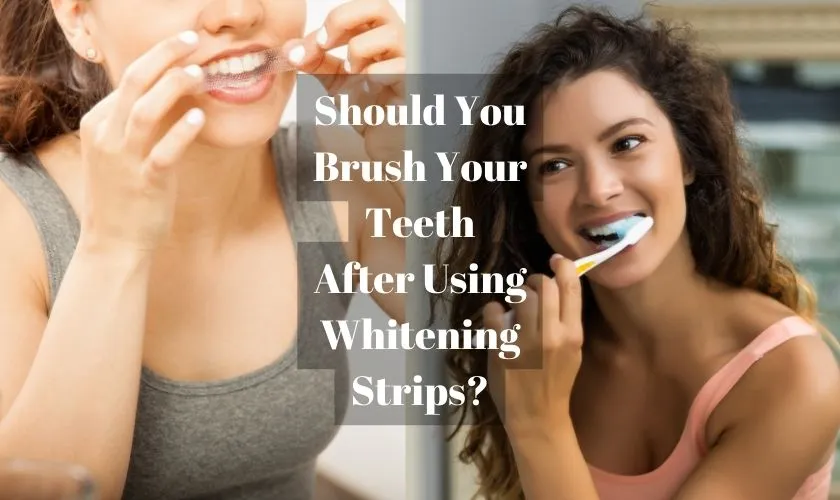
To get the best results from whitening strips while minimizing potential risks, it is essential to follow best practices. This involves selecting the right product and following the instructions carefully.
Selecting the Right Strips
When choosing whitening strips, consider your individual needs and preferences. Look for strips that contain a safe and effective concentration of hydrogen peroxide or carbamide peroxide. Consider your sensitivity level and choose a product designed for sensitive teeth if needed. Read reviews and consult with your dentist to determine the best option for you. It’s essential to select a product from a reputable brand to ensure the quality and safety of the strips.
Following Instructions
Always follow the instructions provided with the whitening strips. This includes the recommended application time, frequency of use, and any specific aftercare guidelines. Overuse of whitening strips can lead to increased sensitivity and other side effects. Consistent use, as directed, is key to achieving the desired results. Never exceed the recommended treatment duration. By following the instructions carefully, you can maximize the effectiveness of the strips while minimizing the risk of adverse effects.
When to Consult a Dentist

If you experience any issues while using whitening strips, such as severe sensitivity, pain, or gum irritation, consult your dentist. Your dentist can assess your oral health and recommend the best course of action. They can also provide professional whitening treatments if needed. Regular dental check-ups are essential to ensure that your teeth and gums remain healthy. Always inform your dentist about any cosmetic treatments you are using.
In conclusion, the question of whether or not to brush after using teeth whitening strips is not a straightforward one. You should wait at least 30 minutes to an hour before brushing. Understanding the science behind teeth whitening, the potential risks, and the importance of proper aftercare is crucial for achieving the desired results while maintaining optimal oral health. By following the recommended guidelines and consulting with your dentist, you can enjoy a brighter, whiter smile safely and effectively.
